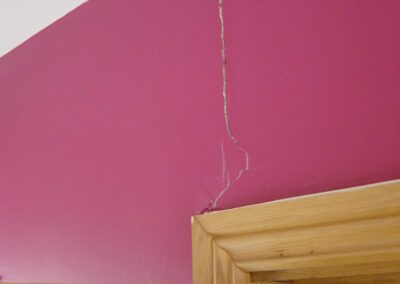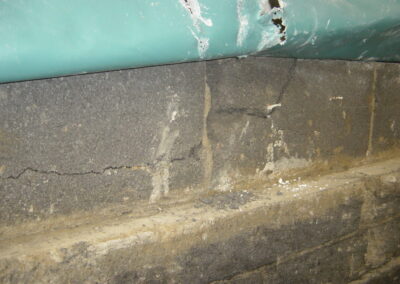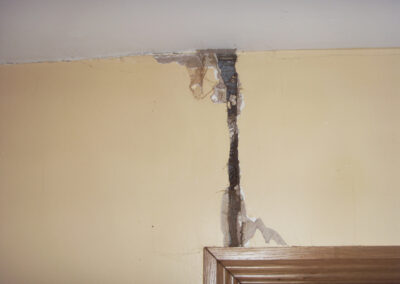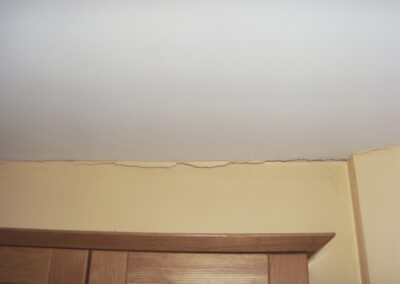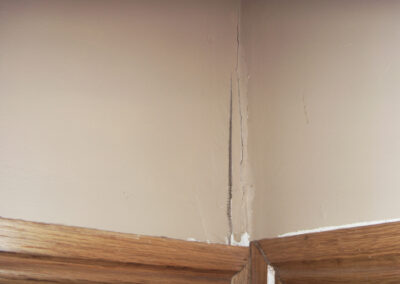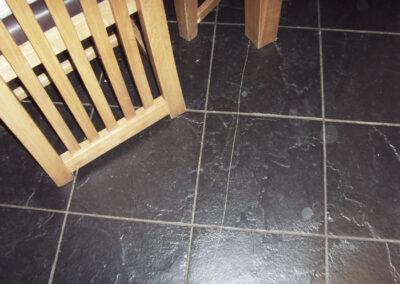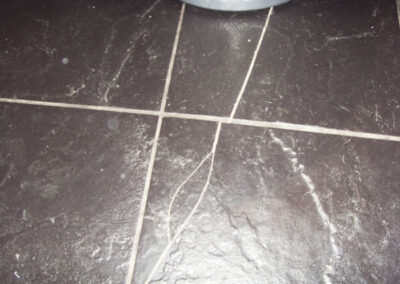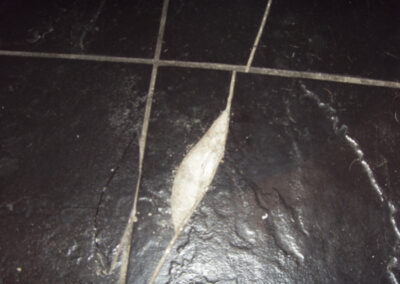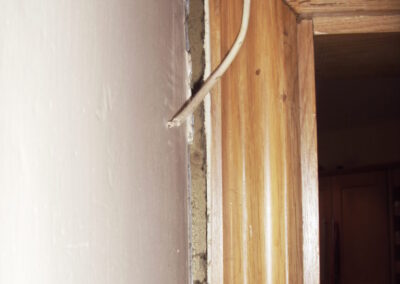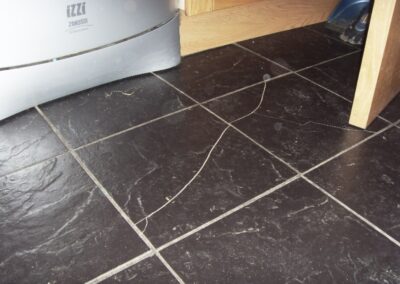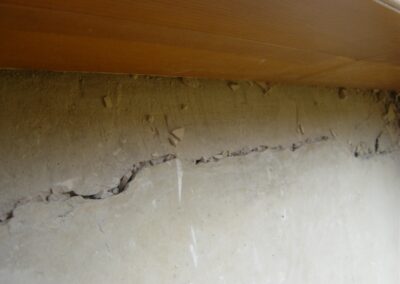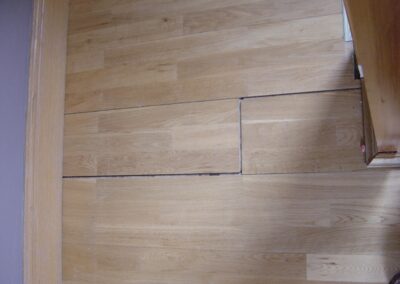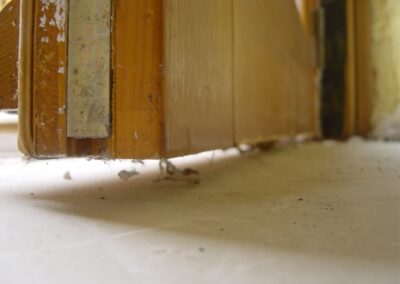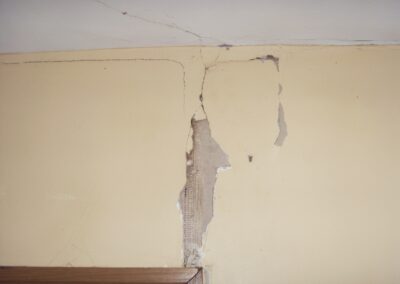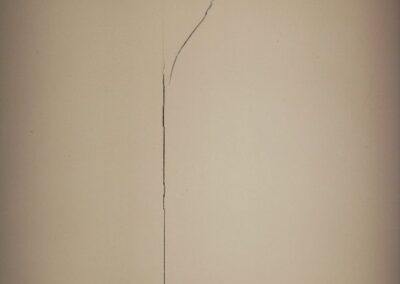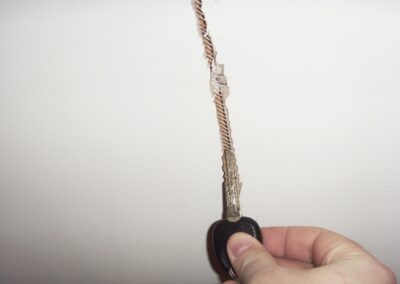SUBFLOOR
What is Pyrite?
Pyrite or Iron Pyrite (FeS2) is a very common mineral that is present in many sedimentary rocks as framboidal crystals. Subject to certain conditions, pyrite is problematic in confined construction, such as under floor filling and within blockwork. This is due to a chemical reaction that can cause pyrite to swell.
Construction material containing relatively large amounts of pyrite minerals are likely to expand, crack and/or crumble over time. This occurs when framboidal crystalline pyrite, air and moisture, mix causing a chemical reaction to occur that creates expanding crystals within the material.
Why is Pyrite a problem within sub-floor infill material?
The presence of pyrite in aggregate (floor hardcore) can lead to severe deterioration in construction materials as the pyrite oxidises. This results in cracks in floors and walls that will need to be rectified by removing the floor hardcore and replacing it with aggregate that conforms to the new building standards. Once this remedial work is carried out your home can be certified as Pyrite free.
It should be noted that the presence of pyrite alone does not directly lead to pyritic heave. Other factors that must be present to lead to a potential problem include the type of pyrite crystals, the presence of oxygen, the availability of moisture and the nature of the rock type. The pyrite reaction may be further accelerated by heat and thiophilic bacteria.
What are the tell-tale signs of pyrite damage?
If a building is suspected of having a pyrite problem within the subfloor infill some of the typical observable signs are:
- Heaving (lifting) of a floor slab resulting in slopes and cracks.
- Cracks to floor tiles/damage to floor finishes.
- Uplift at external door thresholds.
- Doors catching on floors.
- Cracks over doors on internal walls.
- Ground floor stud partitions with cracks, bulging of plasterslabs.
- Horizontal cracking externally at DPC level.

